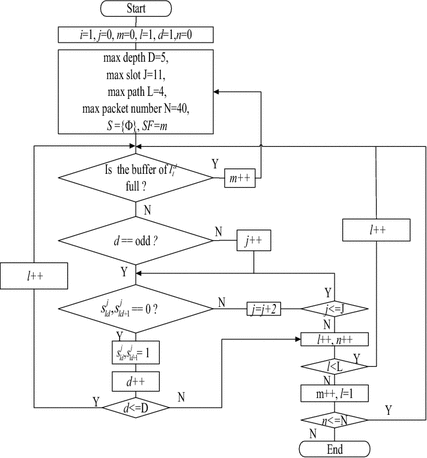2 Slot Tdma
- Emission Designator - The RadioReference Wiki
- APCO Page On Emission Designators
- FCC Station Class Codes

Two Slot Tdma playing free casino slots games at Slotomania are our special perks: from free spins to bonus rounds, making your game even more enthralling. This product is intended Two Slot Tdma for use by those 21 or older for amusement purposes only. Practice or success at social casino gaming does not imply future success at real money gambling. On low speed 250kbit/s VSAT return links, with perhaps 2 to 50 sites sharing, and used for internet browsing and emails, the TDMA frame period is typically 500mS. TDMA burst time plan. The allocation of bursts to time slots within the TDMA frame is the burst time plan. As shown above the plan is: VSAT site 1 start 0 mS, time allocated 180 mS.
SOTDMA is the most complex TDMA access scheme defined for AIS and also provides the backbone for autonomous operation of the network offshore. The complete technical definition of SOTDMA can be found in ITU-R M.1371-4 Annex 2.
The key elements of SOTDMA operation are as follows:
Tier II With TDMA Tier II, the signal is divided into alternating 30ms slices known as Time Slots. This allows two signals to interweave on the same frequency, so two different conversations can actually take place independently at the same time. Slot interleaving mode for improved time diversity over the conventional 2-slot interleaving mode used in CC1. The detailed CC2 downlink slot structure is given in Figure 12.2. CC2 Downlink Slot Format in IS-136+ In the CC2 downlink, a 28-bit SYNC field is used by the receiver for synchronization.
- All stations share a common time reference (derived from GPS time) ensuring they can all accurately determine the start time of each TDMA slot.
- Each data transmission includes indication of the TDMA slot that will be used by the transmitting station for subsequent transmissions. This allows receiving stations to build up a ‘map’ of which slots are in use by which station.
- Each station avoids slots known to be in use by other stations for its own transmissions. This prevents two stations in range of one another using the same slot.
- As mobile stations move from one area to another they encounter new stations with different slot allocations. This may cause the station to modify its own slot allocation leading to a dynamic and self organising system over time and space.

Emission Designator - The RadioReference Wiki
SOTDMA also provides for dynamic and autonomous management of capacity in busy areas. Should a situation occur where all TDMA slots are occupied ‘slot re-use’ rules are applied. This allows the slots occupied by the stations most distant to a particular mobile station to be re-used for its own transmissions. This effectively reduces the size of an AIS ‘cell’ and ensures that position reports from the nearest vessels (which are most relevant to safety of navigation) are not affected.

The essential hardware requirements to support SOTDMA are:
- VHF transmitter capable of operating on any AIS channel in the marine VHF band
- Two VHF receivers capable of operating on any AIS channel in the marine VHF band
- Full time decoding of all received messages in order to populate an internal slot map
- GPS receiver to provide a time reference for TDMA timing
- Sufficient memory (RAM) to store a slot map for at least five minutes of TMDA slot allocations (the allocation status for 22500 TDMA slots)
Designed for Class A devices, SOTDMA transmits data as follows:
- AIS device scans for available slot in the AIS slot map
- Reserves available slot
- Transmits data into the reserved slot and is notifies other AIS equipment of its intention to use this slot for the next transmission
